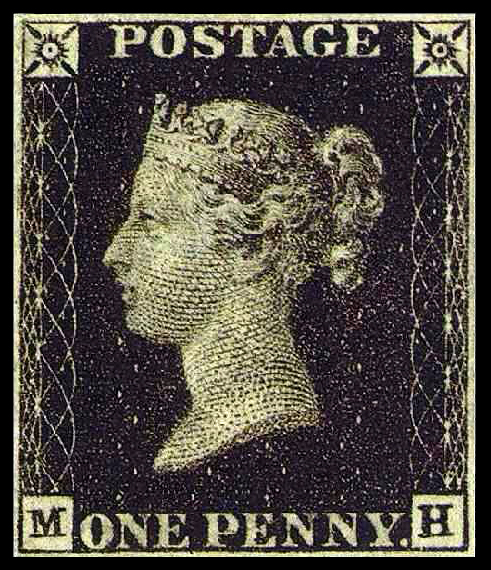Rowland Hill was an English teacher and politician. The birth of the postage stamp is linked to the reform of the Post Office of Great Britain, which he proposed in 1837. His intuition was that of the prepaid postal service, that is, the use of a brand with which to frank the mail as proof of payment.
Rowland Hill understood that the introduction of low and uniform fares, based on weight instead of distance, would have favored the increase in postal traffic and consequently would have largely covered the lower revenues due to the reduction itself.
-

-
In 1837 he published at his own expense the booklet Post Office Reform: its Importance and Practicability, with which he made his reformist thinking known to the English Parliament.
The British Parliament approved the reform (despite strong resistance from the Post Office) and this made it necessary to produce the stamps. It was always Rowland Hill himself who suggested how they should be: pieces of paper large enough to accommodate a print and equipped on the back with a glutinous solution suitable for gluing them.
Rowland Hill also personally took care of its conception and as the subject of the print he chose the profile of Queen Victoria and to avoid counterfeiting the head was printed on a chiseled background made up of very dense lozenges.
On January 10, 1840, the uniform tariff was introduced and on May 6, 1840, the world's first postage stamp went into effect, which went down in history under the name of Penny Black.
Within a few years, other nations followed the English example: Switzerland in the canton of Zurich, Brazil, the Swiss cantons of Geneva and Basel. In 1847 it was the turn of the United States of America, which began issuing stamps with a value of 5 cents and the effigy of Benjamin Franklin. From 1849 onwards, one after the other, all European states adopted the postage stamp and currently there is no country in the world that has not issued one at least once.


 Announcements
Announcements